Improve your VO2 max
How to navigate the science and choose routines that boost your fitness to an optimal level.
Recent research identifies VO2 max as a leading indicator of survival and cardiovascular health. Studies show that the higher your score, the lower your health risk, even for people who are already in good shape (1-2).
If you want to improve your VO2 max, you need workouts that are demanding enough to stimulate adaptations in your muscle cells, heart, blood vessels, and lungs. But which workouts will make you fit without taking too much time or increasing your risk of injury?
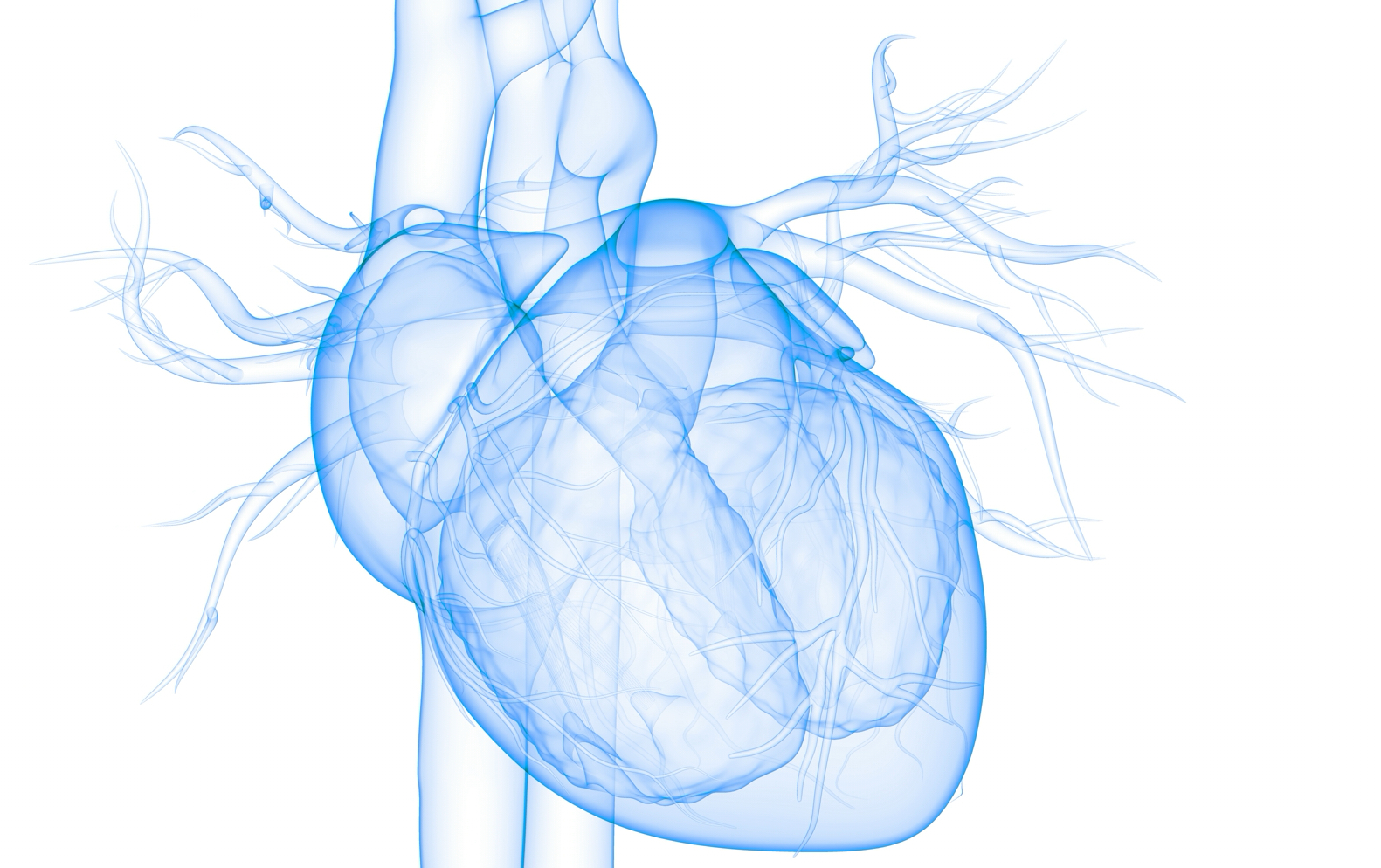 An trained athlete's heart pumps about 50% more blood per heart beat than an untrained person's heart (3-5).
An trained athlete's heart pumps about 50% more blood per heart beat than an untrained person's heart (3-5). Should you combine moderate training and interval workouts to improve your VO2 max?
Should you combine moderate training and interval workouts to improve your VO2 max?Moderate intensity, steady-state exercise is the most doable approach to training. Interval and sprint training can get you results more quickly, but the high demands of these workouts can drain too much energy and increase your risk of injury.
Most studies look at how to improve your VO2 max using moderate, high intensity, or sprint training alone, but top endurance athletes incorporate all of these workouts and more into their training schedule. Let’s take a closer look at these training methods and example workouts to find the best ways to update your routine.
Improve your VO2 max with moderate intensity training
Depending on your fitness level, a common, steady-state, moderate intensity workout that can improve your VO2 max may include a 30-45 minute brisk walk, bike ride or jog.
A recent meta-analysis study suggests that consistent moderate intensity training for six weeks can lead to an improvement of about 10% in your VO2 max (6).
 During a moderate workout, your effort level is low enough so you can speak in short sentences without feeling out of breath and your heart rate is about 60-70% of its maximum.
During a moderate workout, your effort level is low enough so you can speak in short sentences without feeling out of breath and your heart rate is about 60-70% of its maximum.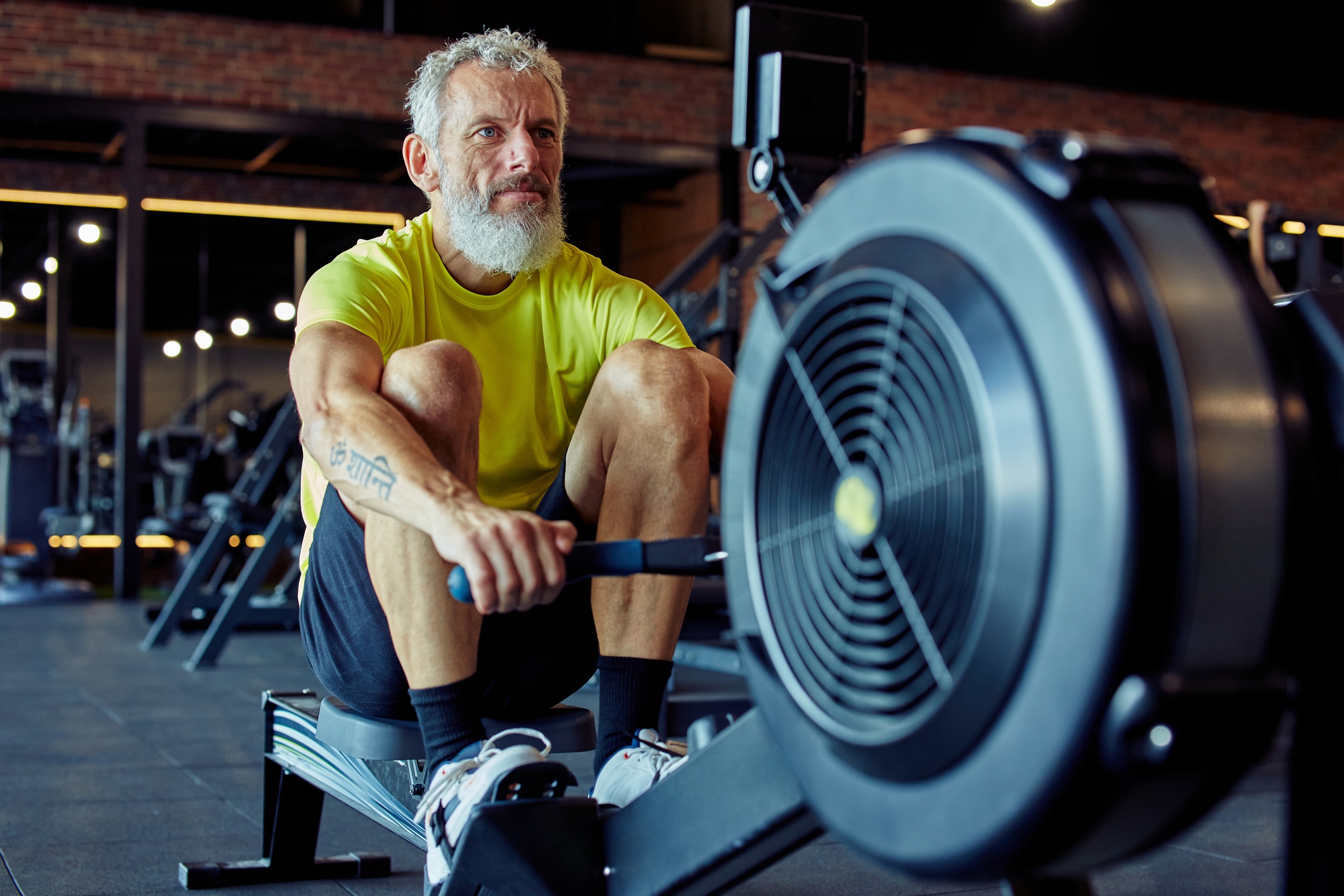 Moderate exercise sessions are easier to recover from and have a lower injury risk compared to high-intensity training (7). They also train your body to become more efficient in burning fat as a fuel source.
Moderate exercise sessions are easier to recover from and have a lower injury risk compared to high-intensity training (7). They also train your body to become more efficient in burning fat as a fuel source.A 10% improvement may be enough to lower your death risk remarkably, especially if you’re starting at a low fitness level. But it takes four workouts per week, and 45 to 50 minutes per training session to reach the 10% level.
With consistent exercise over time, you can maintain a low effort level and work at a faster pace, even for a longer workout. The more you have already developed your fitness, however, the more you’ll benefit and even need high-intensity interval training to continue to improve your VO2 max.
Improve your VO2 max with long interval training
Long duration interval training sessions require a strong effort level. You can only speak a few words between breaths, especially toward the end of each interval, as your heart rate is around 90% of your maximum.
An example interval workout might include four-minute bursts of faster efforts. Three-minute easy efforts between each burst allow you to recover your breathing and your energy. Workouts using four reps of these four-minute intervals have been studied for their superior effectiveness (8, 9).
 Endurance athletes use many variations of these intervals depending on their sport and race distance. Examples from running include six half-mile runs or three one-mile runs at a hard effort with about 1/2 or more of the running time to recover between each rep.
Endurance athletes use many variations of these intervals depending on their sport and race distance. Examples from running include six half-mile runs or three one-mile runs at a hard effort with about 1/2 or more of the running time to recover between each rep.According to a meta-analysis study, you can improve your VO2 max up to 17% with 10 weeks of intensive interval training (9). But how many people would push themselves at that level 3 times per week for over 2 months?
 I find that threshold workouts offer the benefits of higher effort level training without being too taxing. I use these workouts more often than faster-paced interval training.
I find that threshold workouts offer the benefits of higher effort level training without being too taxing. I use these workouts more often than faster-paced interval training.Another version of intervals popular with endurance athletes, but less common in scientific literature, are threshold intervals. These workouts involve longer hard efforts at about 80-85% of maximum heart rate.
An example would be a 10-minute hard effort for 2-3 or more reps, resting for just one minute after each effort. Threshold efforts can also performed for 20-30 minutes straight.
Improve your VO2 max with sprint workouts
Sprint workouts are brief, intense efforts, often with long rest breaks to allow full recovery for another near maximum intensity effort. An example would be six 30-second biking or running sprints with two to four-minute rest breaks between the sprints.
If you are going to run for your sprint intervals, it’s safer to run up hill so you can maintain the sprint effort at a slower speed.
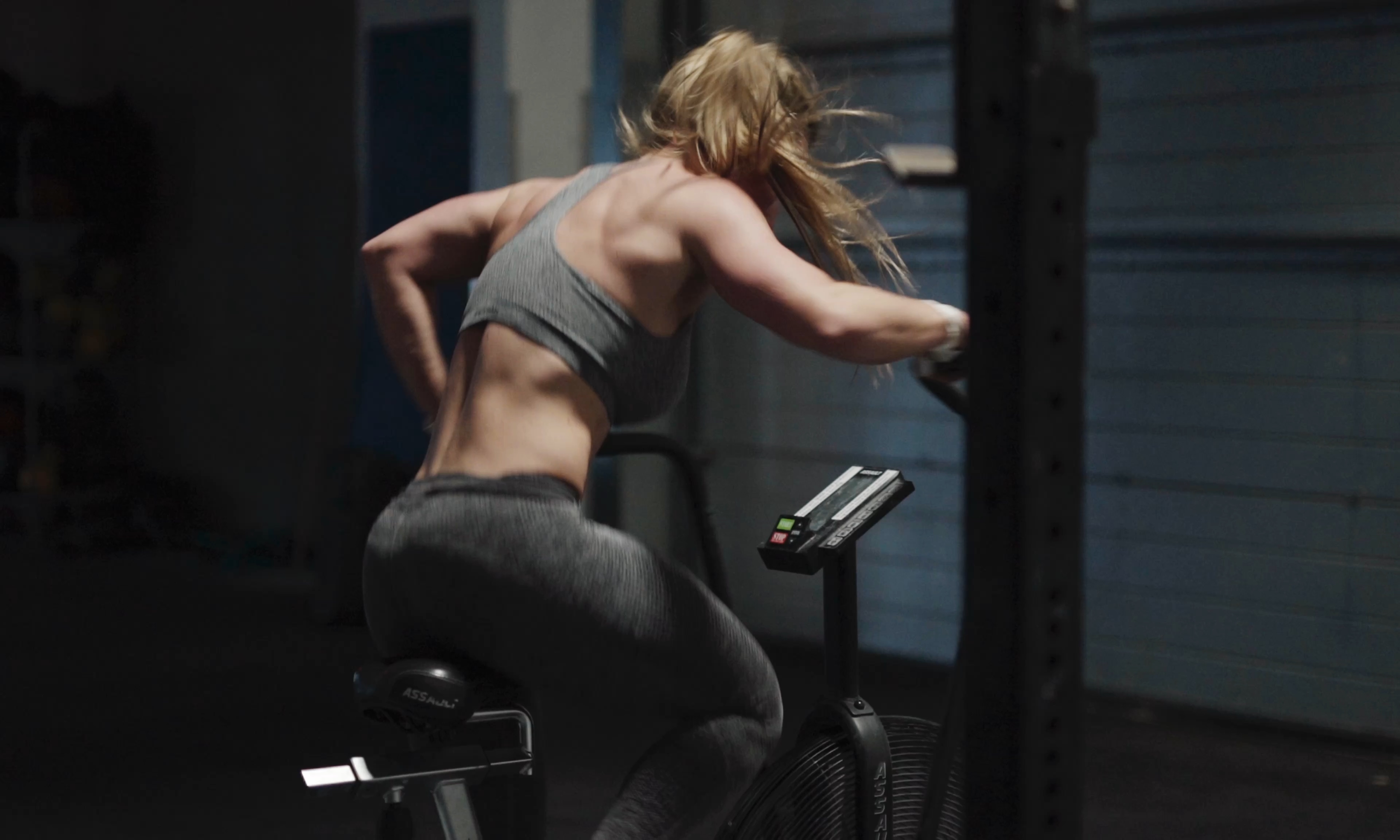 For a safer yet effective sprint effort, increase the resistance level on your cardio machine of choice.
For a safer yet effective sprint effort, increase the resistance level on your cardio machine of choice.In a 6 to 8-week period with 2-3 training sessions per week, studies showed a 7-10% increase in VO2 max, depending on the fitness level of the population being tested. A meta-analysis also found that less fit participants only needed 2-4 sprint intervals in their workouts to get a similar percent improvement in their VO2 max (10, 11).
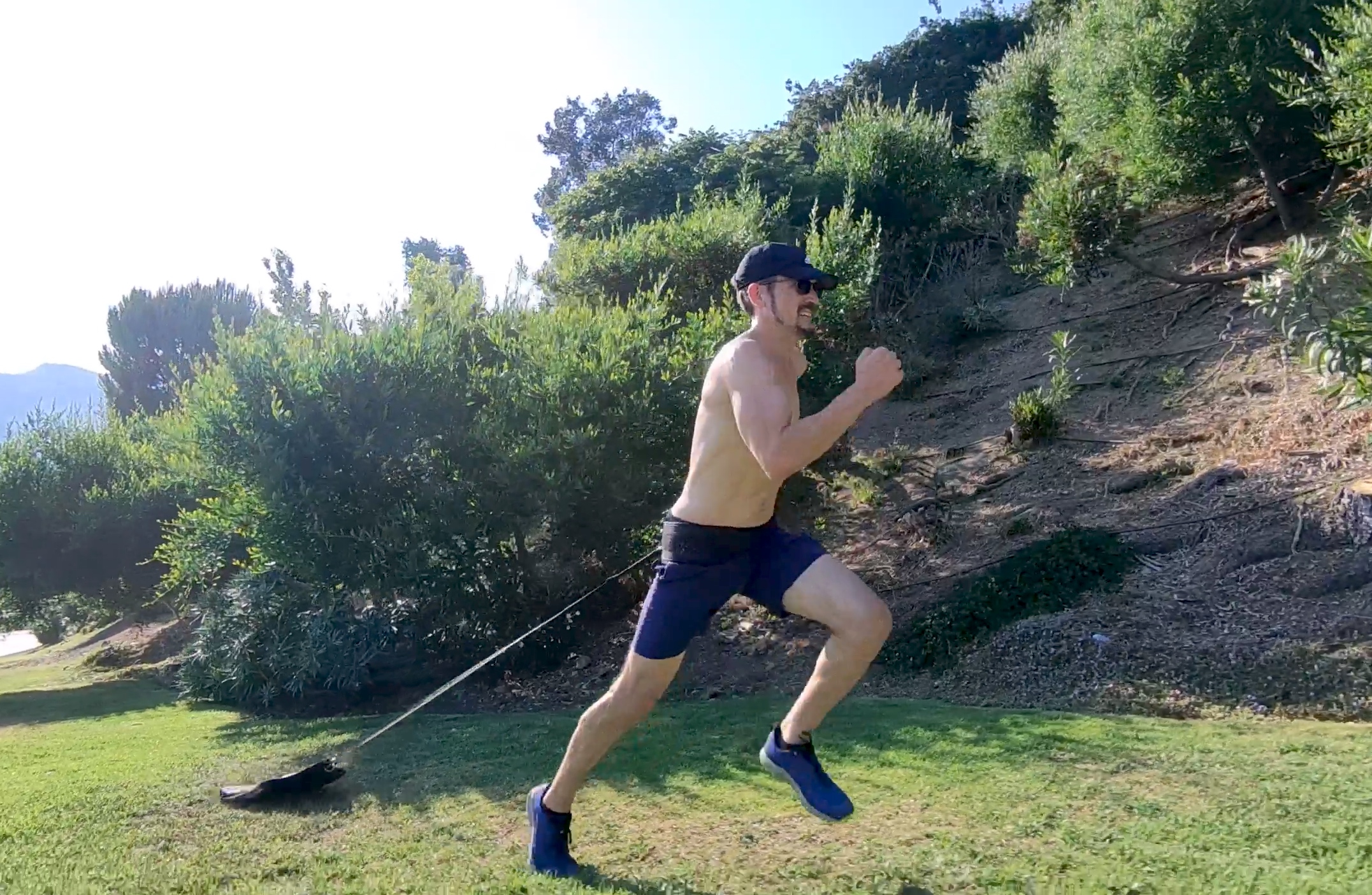 In my sprint interval sessions, I run hills, but I also incorporate cross training by pulling a light sled uphill and jumping rope for several of the reps.
In my sprint interval sessions, I run hills, but I also incorporate cross training by pulling a light sled uphill and jumping rope for several of the reps.A thorough warm-up is essential before maximum-effort training to allow for top performance and help avoid strains. I work on drills, brief stretches and muscle activation exercises for 10-12 minutes to prepare my muscles for this type of effort.
Between warming up, use of hills and cross training, you can take advantage of the benefits of high-intensity training while keeping the over-training and injury risks under control.
Improve your VO2 max without wasting time or risking injury.
Which workouts can you count on when you need to improve your VO2 max? See demonstrations of the workouts from this article in this YouTube video from Why I Exercise.
How to choose workouts to improve your VO2 max
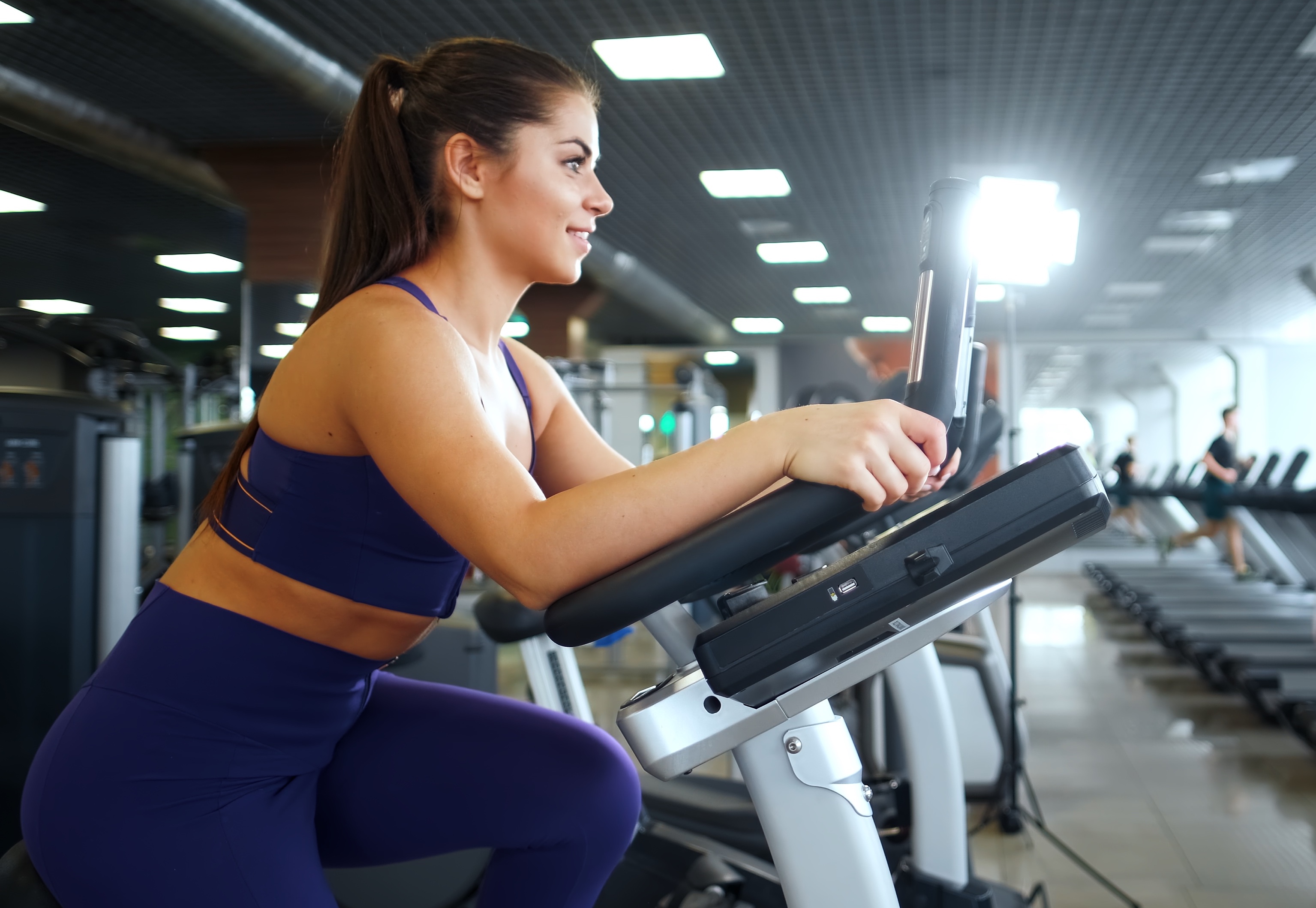 Meta-analysis studies show moderate exercise is just as effective for increasing VO2 max as high-intensity training (6, 9, 10).
Meta-analysis studies show moderate exercise is just as effective for increasing VO2 max as high-intensity training (6, 9, 10).Now that we know the effects of all the training methods, how do we choose workouts for our weekly routine? For people with average or below average VO2 max, you’ll get measurable improvement in your fitness from each type of training (6, 9, 10).
The less experienced and fit you are, the smarter it is to limit your intensity, as over training and injury can halt your progress for weeks or even longer.
If you haven’t been exercising at all, start with 10-12 minutes of steady-state exercise per day. This is enough to give you health benefits while you build up to the 30-minute plus level that is proven to increase your VO2 max (12). Increase by 10% per week or less so your body has time to get used to the training.
The more fit you are, the more you will benefit from intervals and high-intensity training. Studies show that long duration intervals of 3-6 minutes with up to equal time rest breaks between efforts give the greatest benefit for VO2 max (9). Sprint intervals also provide a strong boost in fitness.
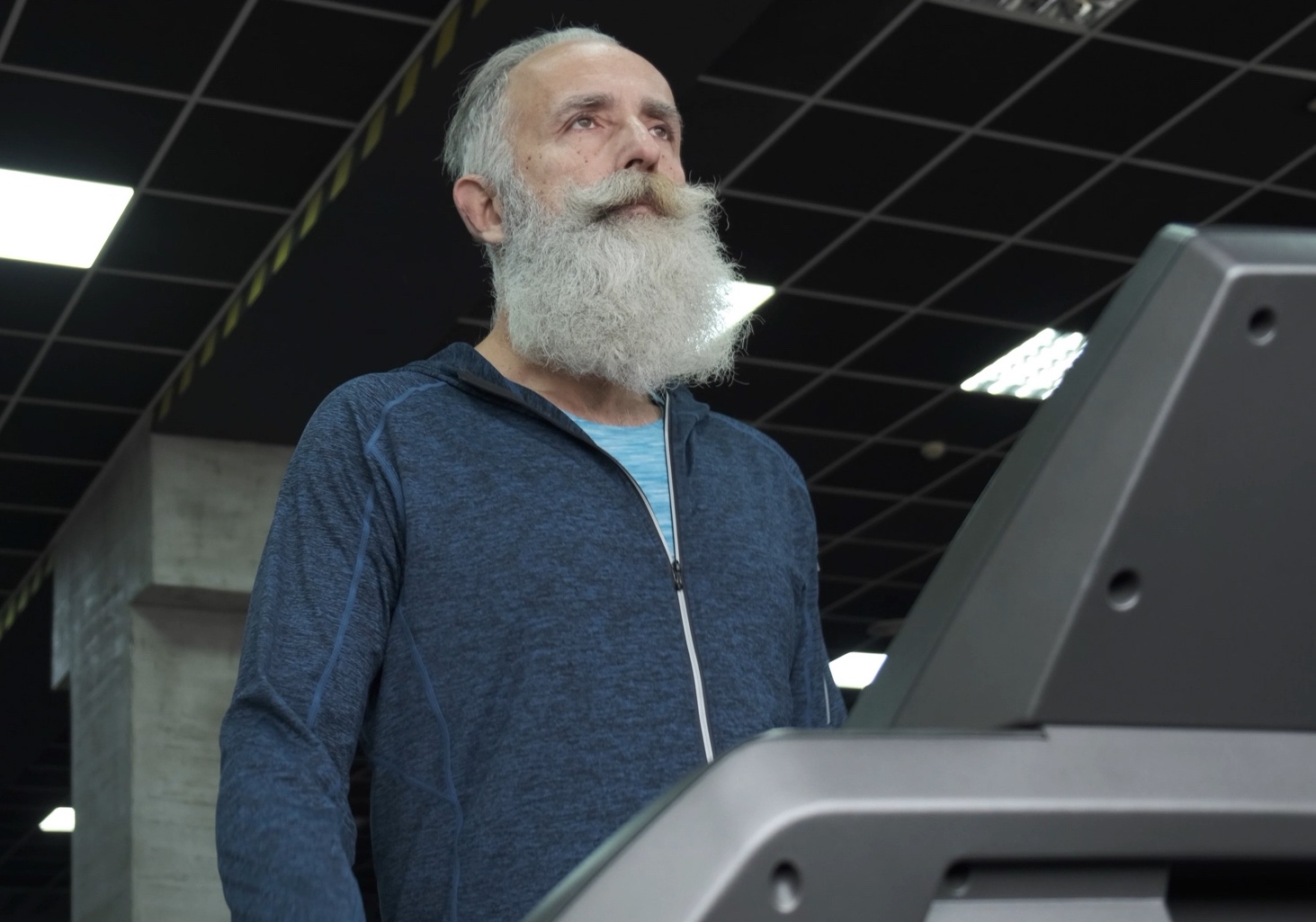 Studies have used interval training sessions three times per week to boost VO2 max for seniors and even for people with medical conditions like diabetes, but moderate intensity exercise may be the best low risk approach for inactive beginners.
Studies have used interval training sessions three times per week to boost VO2 max for seniors and even for people with medical conditions like diabetes, but moderate intensity exercise may be the best low risk approach for inactive beginners.You can introduce yourself to interval training by picking up your pace 4-5 times for one minute in the middle of a moderate effort workout. You could also increase your moderate exercise intensity toward a 10-minute, steady 80-85% effort, which is the threshold workout described earlier. Sprint training can give you results with just two or three 20-30 second sprints after a thorough warm up.
Creating a weekly schedule to improve your VO2 max
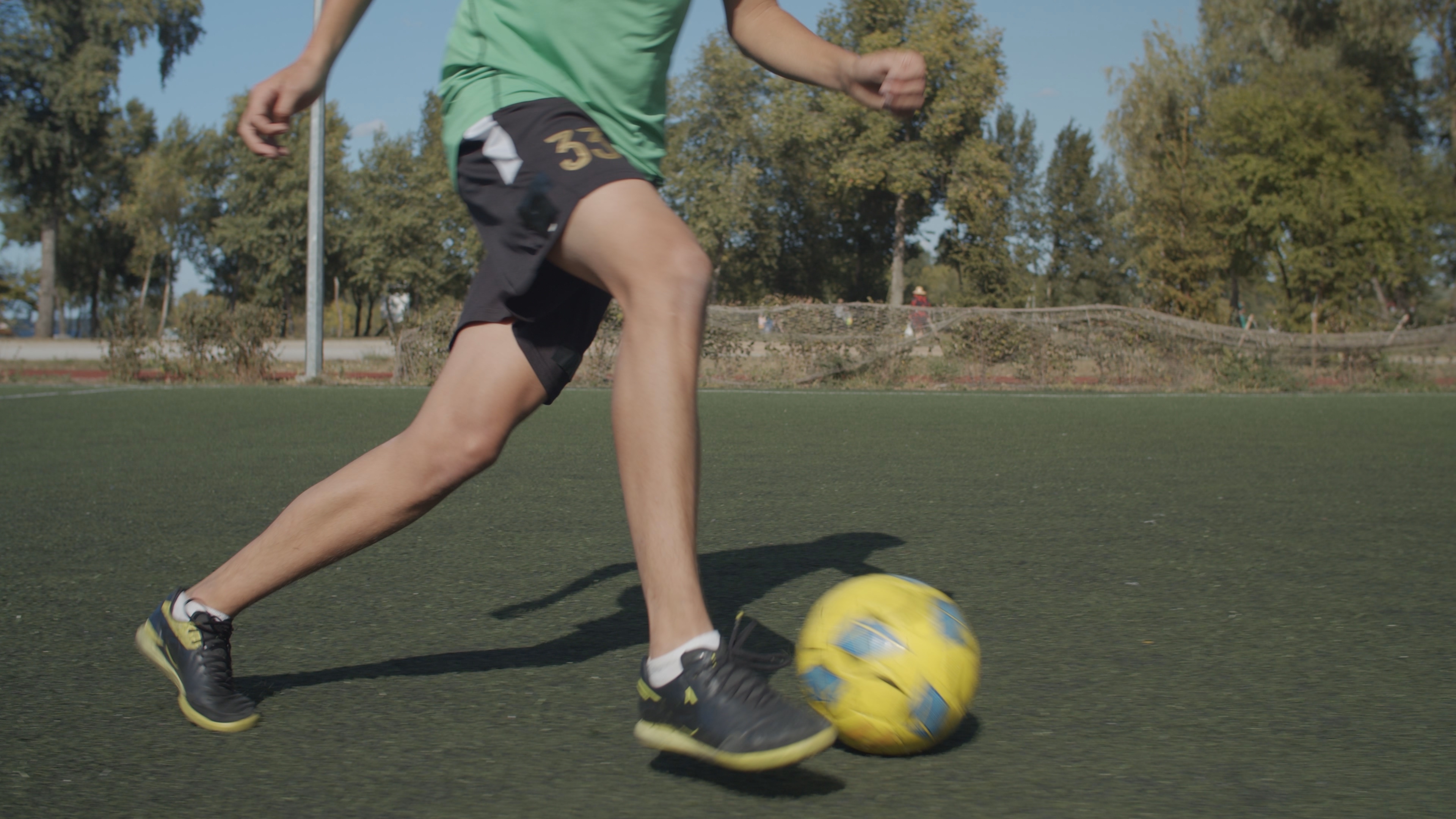 A blend of your favorite sports and the targeted workouts from this article will keep you motivated and give you the best long-term results.
A blend of your favorite sports and the targeted workouts from this article will keep you motivated and give you the best long-term results.3-4 sessions per week is sufficient training to boost your VO2 max, but not all sessions need to be conventional cardio workouts. The idea of swimming, biking, running, or stair climbing three times per week for months and months may not sound very fun or interesting, and if you lose your motivation, you won’t improve your VO2 max at all.
It's more important to include sports and activities you enjoy into your weekly routine than to have every exercise session exactly match the workouts in this article.
To get the best results from a hybrid training schedule, track the time and effort in your preferred sports. Do they feel more like high intensity or constant effort sessions? Choose activities with an exercise demand that will challenge your cardiovascular system, and supplement what’s missing from your weekly routine with VO2 max workouts according to your needs.
Related Articles
Cardio fitness, or VO2 max, is considered equal to vital signs such as heart rate and blood pressure. Compare your score to research standards for 10-year survival!
How can you get a decent VO2 max when you’ve never had much success with cardio exercise? Overcome challenges such as stress, aging, genetics, and sleep quality & achieve better fitness.
References
1) Mandsager K, Harb S, Cremer P, Phelan D, Nissen SE, Jaber W. Association of Cardiorespiratory Fitness With Long-term Mortality Among Adults Undergoing Exercise Treadmill Testing. JAMA Netw Open. 2018 Oct 5;1(6):e183605. doi: 10.1001/jamanetworkopen.2018.3605. PMID: 30646252; PMCID: PMC6324439.
2) Kokkinos P, Faselis C, et al, Cardiorespiratory Fitness and Mortality Risk Across the Spectra of Age, Race, and Sex. J Am Coll Cardiol. 2022 Aug 9;80(6):598-609. doi: 10.1016/j.jacc.2022.05.031. PMID: 35926933.
3) Kent, M. The Oxford Dictionary of Sports Science and Medicine, 3rd Ed., Oxford Univ. Press, 2007
4) Caselli S, Di Pietro R, Di Paolo FM, Pisicchio C, di Giacinto B, Guerra E, Culasso F, Pelliccia A. Left ventricular systolic performance is improved in elite athletes. Eur J Echocardiogr. 2011 Jul;12(7):514-9. doi: 10.1093/ejechocard/jer071. Epub 2011 Jun 8. PMID: 21653598.
5) Joyner MJ, Casey DP. Regulation of increased blood flow (hyperemia) to muscles during exercise: a hierarchy of competing physiological needs. Physiol Rev. 2015 Apr;95(2):549-601. doi: 10.1152/physrev.00035.2013. PMID: 25834232; PMCID: PMC4551211.
6) Scribbans TD, Vecsey S, Hankinson PB, Foster WS, Gurd BJ. The Effect of Training Intensity on VO2max in Young Healthy Adults: A Meta-Regression and Meta-Analysis. Int J Exerc Sci. 2016 Apr 1;9(2):230-247. PMID: 27182424; PMCID: PMC4836566.
7) Gabbett TJ. The training-injury prevention paradox: should athletes be training smarter and harder? Br J Sports Med. 2016 Mar;50(5):273-80. doi: 10.1136/bjsports-2015-095788. Epub 2016 Jan 12. PMID: 26758673; PMCID: PMC4789704.
8) Støren Ø, Helgerud J, Sæbø M, Støa EM, Bratland-Sanda S, Unhjem RJ, Hoff J, Wang E. The Effect of Age on the V˙O2max Response to High-Intensity Interval Training. Med Sci Sports Exerc. 2017 Jan;49(1):78-85. doi: 10.1249/MSS.0000000000001070. PMID: 27501361.
9) Bacon AP, Carter RE, Ogle EA, Joyner MJ. VO2max trainability and high intensity interval training in humans: a meta-analysis. PLoS One. 2013 Sep 16;8(9):e73182. doi: 10.1371/journal.pone.0073182. PMID: 24066036; PMCID: PMC3774727.
10) Vollaard NBJ, Metcalfe RS, Williams S. Effect of Number of Sprints in an SIT Session on Change in VO2max: A Meta-analysis. Med Sci Sports Exerc. 2017 Jun;49(6):1147-1156. doi: 10.1249/MSS.0000000000001204. PMID: 28079707.
11) Weston M, Taylor KL, Batterham AM, Hopkins WG. Effects of low-volume high-intensity interval training (HIT) on fitness in adults: a meta-analysis of controlled and non-controlled trials. Sports Med. 2014 Jul;44(7):1005-17. doi: 10.1007/s40279-014-0180-z. PMID: 24743927; PMCID: PMC4072920.
12) Garcia L, Pearce M, et al. Non-occupational physical activity and risk of cardiovascular disease, cancer and mortality outcomes: a dose-response meta-analysis of large prospective studies. Br J Sports Med. 2023 Feb 28:bjsports-2022-105669. doi: 10.1136/bjsports-2022-105669. Epub ahead of print. PMID: 36854652.

